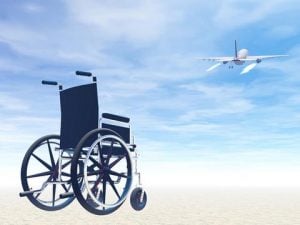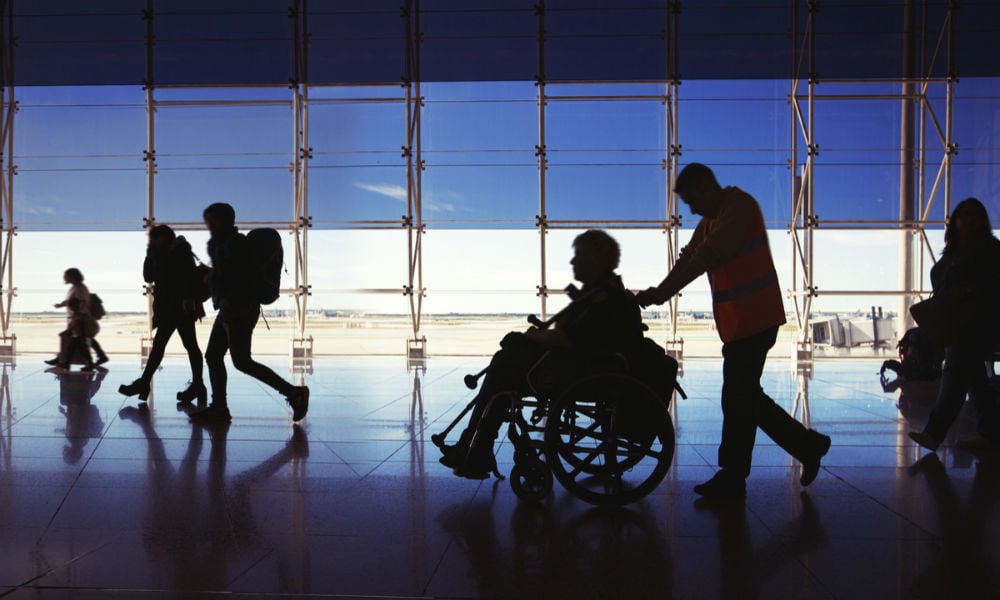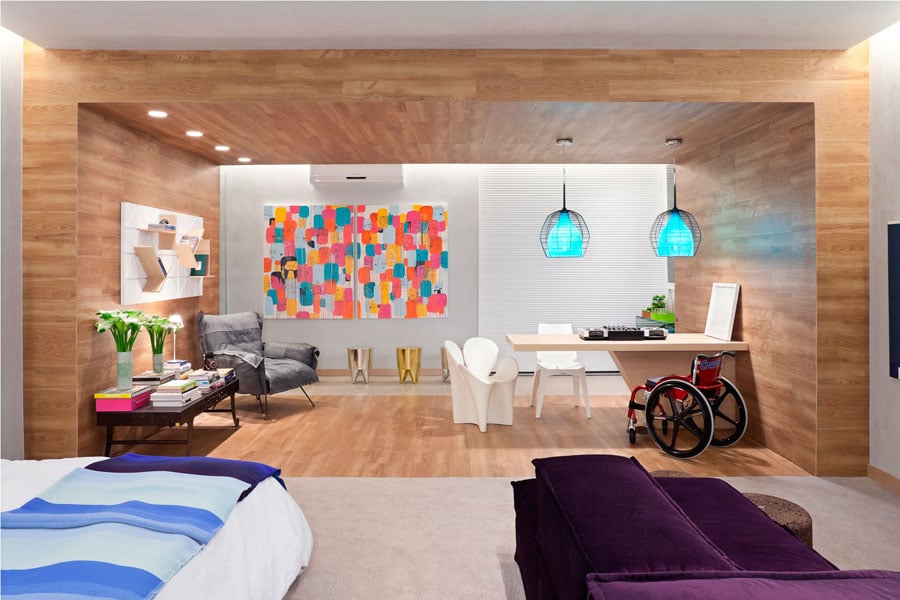 Air travel has its set of challenges for people with disabilities (PWD), despite industry efforts to make air travel easy for them. Sure, there’s the American Disabilities Act that requires facilities in the U.S. to be accessible for everyone, but it’s a different story when you’re going to another country. This is why you need to make the necessary preparations to ensure a smooth flight — and vacation.
Air travel has its set of challenges for people with disabilities (PWD), despite industry efforts to make air travel easy for them. Sure, there’s the American Disabilities Act that requires facilities in the U.S. to be accessible for everyone, but it’s a different story when you’re going to another country. This is why you need to make the necessary preparations to ensure a smooth flight — and vacation.
Continue reading Accessible Travel: Exploring the World When You Have a Physical Disability

